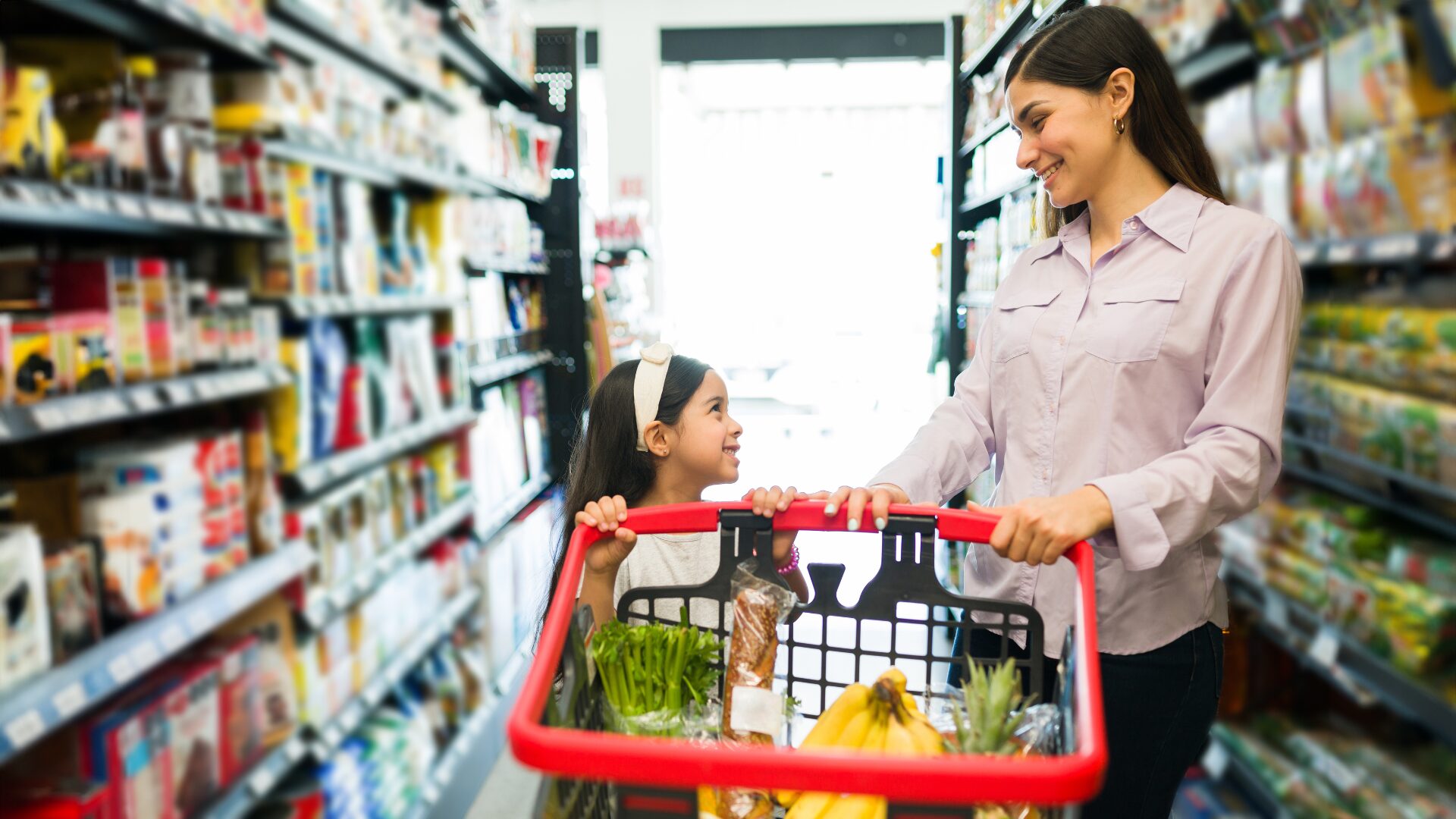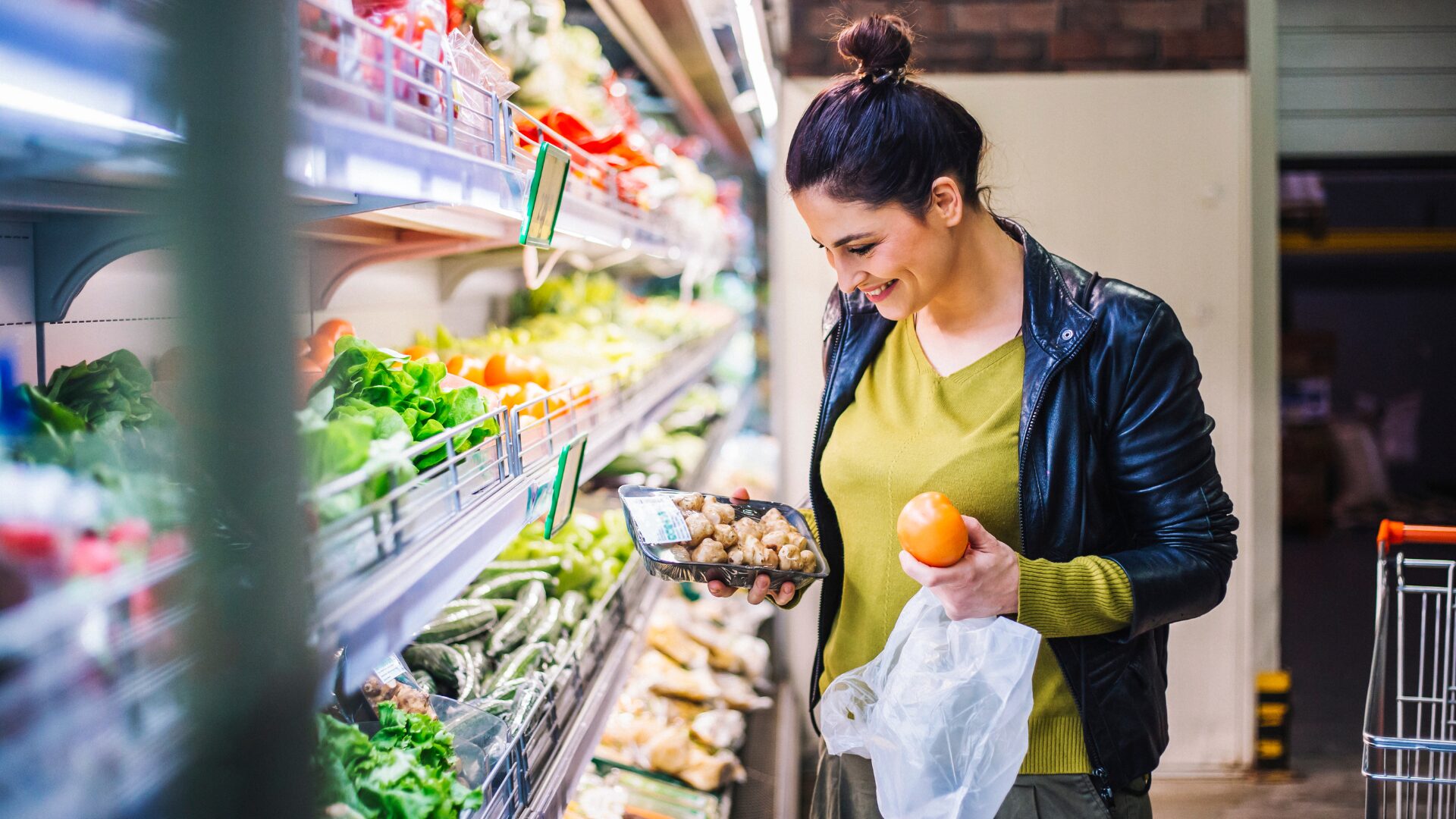With July U.S. retail sales off 1.1% overall, Walmart bucked the trend, reporting a second-quarter increase of 2.4%, compared to last year, while Amazon missed revenue estimates for the first time in nearly three years.
E-commerce made tremendous strides during the pandemic, but as restrictions lifted, consumers headed back to brick-and-mortar stores, pushing e-commerce sales in July down 3.1% from the month prior, according to various reports.
Bill Bishop, chief architect at Brick Meets Click, told The Food Institute the drop in online sales, particularly in the grocery sector, is likely temporary, largely because it is so convenient, along with the uncertainties posed by COVID and the increase in discretionary income created by pandemic relief checks and the advance child tax credit checks being distributed by the Treasury.
“I think we’ve crossed the Rubicon when it comes to online sales,” he said. “Think of this [drop in online purchasing] as a short-term adjustment. The benefits of online shopping are going to continue to grow and will have a greater effect on people’s behavior as they realize how convenient it can be.”
Bishop noted online grocery sales currently are unprofitable but predicted fees likely will drop and disappear, especially when it comes to subscription purchases.
MOMENTARY BLIP?
“The boom for e-commerce was caused by the lockdowns due to the pandemic, as more people were forced indoors and online,” Bernard Meyer, e-commerce marketing specialist at Omnisend, told The Food Institute. “While it has waned in spring and summer 2021, potential upcoming lockdowns can see people move indoors and online again in the fall.”
Walmart sales topped $141 billion in the second quarter but digital sales slowed sharply, up just 6% compared to 103% last year. Amazon reported a 17% increase in net sales to $113.1 billion in the quarter, while Target reported sales growth of 8.9%, down from a record 24.3% in the year-ago quarter. Digital sales at Target grew by 10%, compared with 195% last year. Costco Wholesale also reported diminishing online sales despite a net sales increase of 16.6% overall for the four weeks ended Aug. 1.
July figures for online grocery sales were not yet available, but June’s numbers were off 23% from a year ago, Brick Meets Click reported.
CLOSER LOOK AT STATISTICS
Doug Baker, vice president of industry relations at FMI, told The Food Institute, however, sales are still strong with June online sales totaling $6.8 billion.
“Although overall grocery sales are returning to pre-pandemic levels, the trend of consumers shopping for themselves in-store is ultimately more profitable for food retailers,” Baker said, adding FMI’s trend survey indicated consumers are more into grocery shopping, partly because they’re cooking more at home.
Coco Carson, insights manager at ShareThis, said the percentage of consumers going back to in-store grocery shopping is rising – 62% now, compared to 44% at the height of the pandemic and 85% before the pandemic.
Total grocery store sales for the first seven months of the year were up 0.7% compared with 2020.
In the first three months of 2021, online grocery sales made up 50% of total grocery revenue, compared with 20% before the pandemic, Symphony RetailAI found.
“The online grocery trend should be seen as a win-win omnichannel scenario, not a matter of ‘bricks versus clicks,’ as omnichannel grocery consumers shop more frequently and spend up to 20% more compared to in-store-only shoppers,” said Charisse Jacques, Symphony RetailAI senior vice president for global customer centric retailing.











